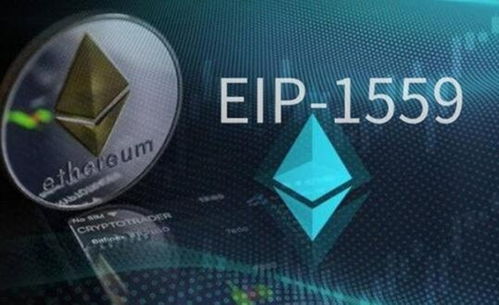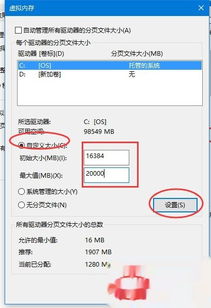In the ever-evolving landscape of cryptocurrencies, Bitcoin mining has emerged as a lucrative yet complex endeavor. For Asia’s vibrant crypto community, the strategies adopted in mining and hosting Bitcoin have been instrumental in navigating market volatility and optimizing profitability. Understanding these strategies is vital for both novice and seasoned miners.

At the forefront of effective Bitcoin mining strategies is the significance of selecting the right mining rig. With machines like ASIC miners specifically designed for Bitcoin, enthusiasts tap into unparalleled computational power. These mining rigs convert electricity into blockchain confirmations, ensuring that Bitcoin transactions are validated and added to the blockchain. Researching and investing in cutting-edge machines amplifies mining efficiency and reduces operational costs.

However, merely possessing a powerful mining rig isn’t enough. Asian crypto enthusiasts have embraced the concept of mining machine hosting, which provides an opportunity to situate their machines in facilities equipped with optimal power supply, cooling systems, and enhanced security. This strategy allows miners to maximize uptime and operational efficiency while minimizing risks associated with electricity costs and hardware damage.
What sets the Asian market apart is its unique approach to community collaboration. Miners often form alliances and pooling groups to share resources and maximize their competitive edge. This camaraderie breeds innovation and knowledge sharing, allowing each participant to draw from collective experience. Thus, individual miners can benefit from larger-scale mining strategies traditionally reserved for significant players in the field.

Moreover, the regulatory landscape regarding cryptocurrencies in various Asian countries has matured, leading to a supportive environment for mining ventures. Governments are beginning to recognize the economic potential of these activities, resulting in favorable tax structures and incentives for operational mining farms. This evolution has sparked a wave of investment, propelling the region’s mining capabilities to new heights.
As Bitcoin continues to dominate the cryptocurrency sphere, alternative coins like Ethereum (ETH) and Dogecoin (DOG) have also opened avenues for miners. Diversifying into these cryptocurrencies can mitigate risks and provide additional revenue streams. Understanding market trends and consumer preferences can guide miners in shifting focus to other coins while leveraging existing mining rigs for maximum efficiency.
Furthermore, the integration of renewable energy sources in mining operations is becoming increasingly popular among Asian enthusiasts. Solar, wind, and hydroelectric power not only reduce operational costs but also align with the global movement towards sustainable practices. This reflects a mature mindset among miners who understand the ecological impacts of their operations and aim to contribute positively to environmental conservation.

The importance of staying updated with market trends cannot be overstated. Crypto prices can fluctuate drastically, influencing the profitability of mining various currencies. Asian miners utilize analytics tools and market research to make informed decisions, adeptly switching strategies between Bitcoin, Ethereum, and Dogecoin according to market performance. This flexibility is a hallmark of successful mining operations.
Finally, education plays a pivotal role in the success of mining operations. From understanding blockchain technology and operational mechanics of mining rigs to market analysis and energy cost management, continuous learning empowers miners to adapt swiftly to changing market dynamics. Workshops, webinars, and online forums facilitate knowledge sharing and community building, shaping a more informed and resilient crypto mining environment.

Leave a Reply